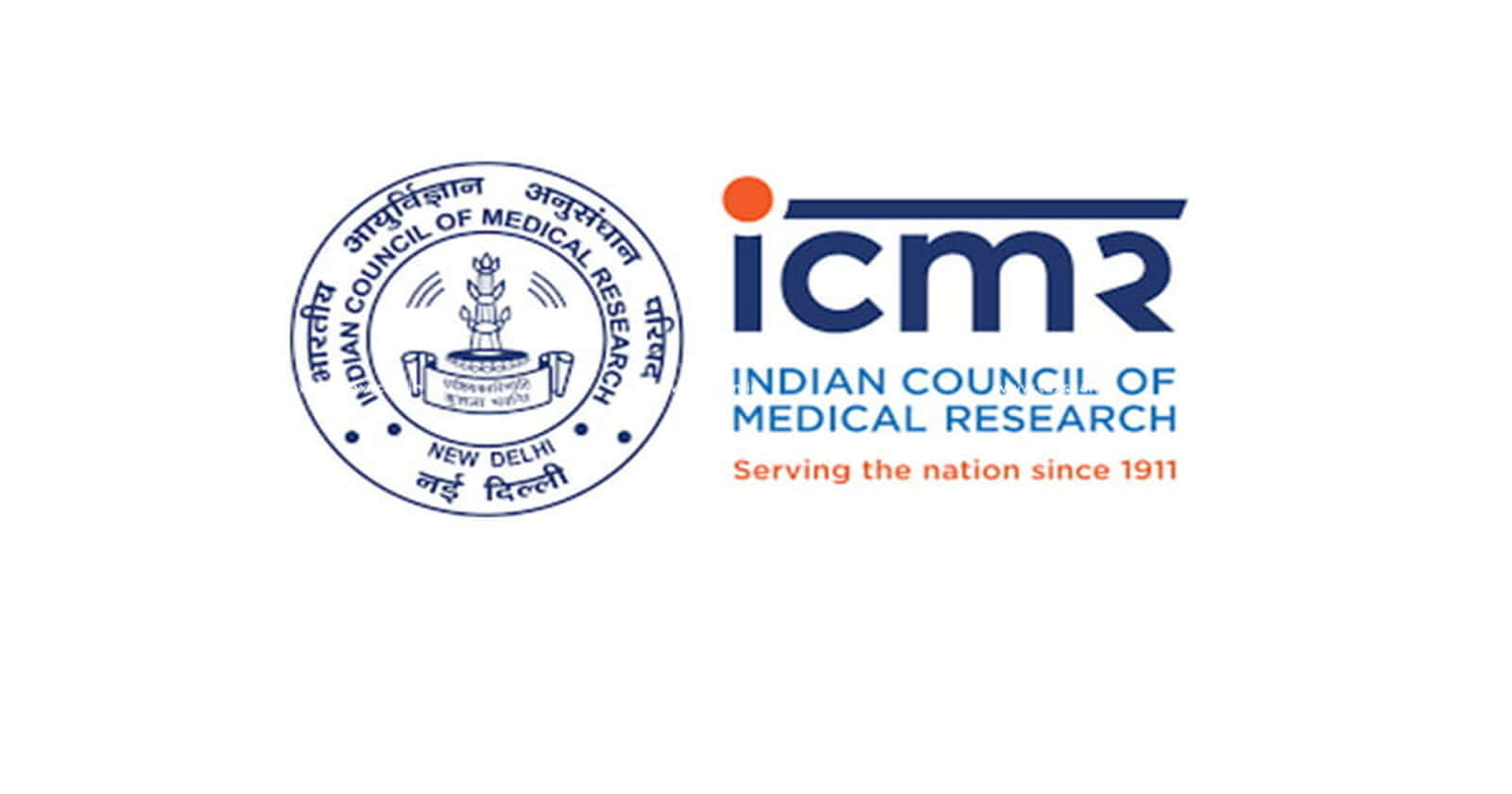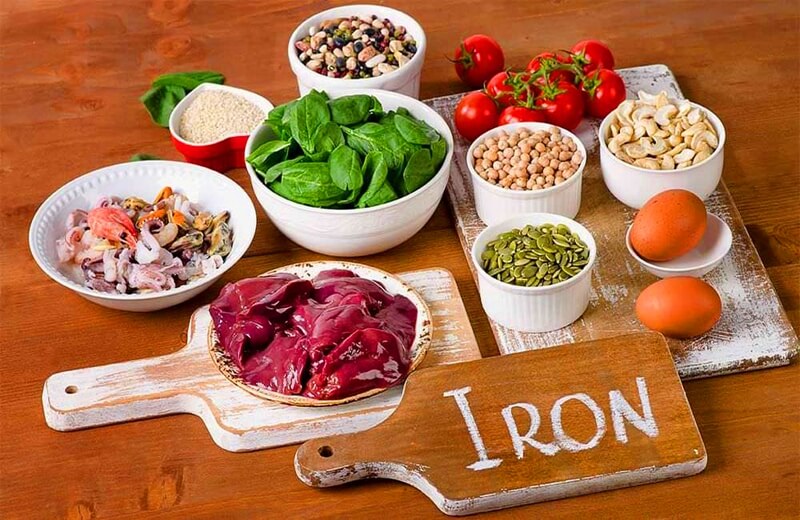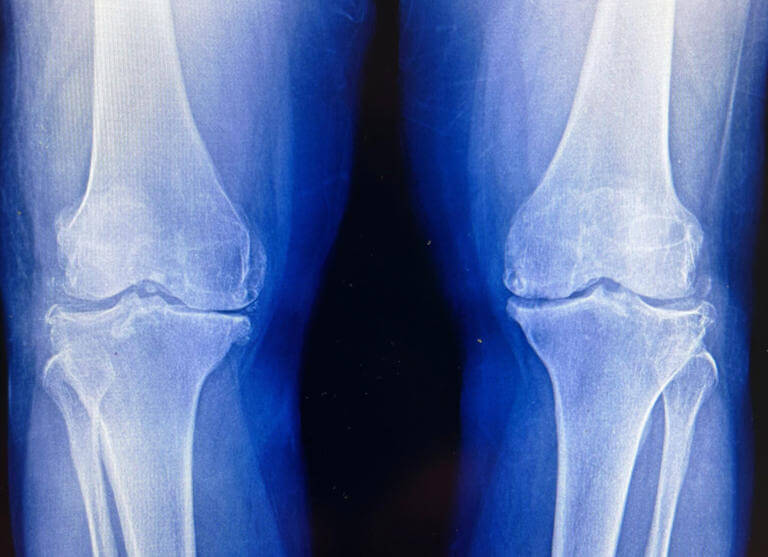Cholesterol Is More Than a Number: What You Can Do to Lower Yours
Sat 24 Nov 2018, 08:43:15

Cholesterol levels are usually thought of in terms of just numbers.
But experts now say there’s a lot more to it than that.
And, they say, there’s plenty a person and their doctor can do about it.
New cholesterol guidelines have been published by the American College of Cardiology and the American Heart Association.
Researchers from the two organizations incorporated new findings into previous guidelines that were adopted in 2013.
“These are not opinion-based guidelines. These were evidence-based guidelines, meaning that they reflect what’s new in the field,” Dr. Neil J. Stone, a professor of medicine (cardiology) and preventive medicine at Northwestern University in Illinois and vice chair of the writing committee for the guidelines, told Healthline.
The new guidelines include a threshold level of 70 milligrams per deciliter for low-density lipoprotein (LDL or “bad”) cholesterol for high-risk people who have a history of heart attack or stroke.
The recommendations include an aggressive program of statins for certain individuals.
The guidelines also have a special focus on the discussions between clinicians and patients about trying to prevent heart attack or stroke.
“The 2013 guideline was one, really the first, guideline to put a sharp focus on the shared decision-making. These new guidelines are able to personalize that risk discussion much more than doctors were aware of with the last guidelines,” Stone said.
He says 25 years ago, people basically said, “Know your cholesterol.”
About 10 years ago, the focus shifted to risk.
“And that was amplified five years ago. And now we’re saying, not only know your risk, but let’s personalize your risk,” Stone said.
This new perspective means unprecedented customized care.
Dr. Leslie Cho, a cardiologist at the Cleveland Clinic, told Healthline that everybody should be concerned about cholesterol since “the number one cause of death in [the] U.S. is still heart disease.”
Common risk factors for high cholesterol
Stone explains there’s a multitude of factors that influence personalized risk.
These include:
- the family history of heart disease
- LDL cholesterol above 160 mg/dL
- chronic kidney disease
- metabolic risk factors (called metabolic syndrome)
- inflammatory disorders
- pregnancy history, such as preeclampsia or menopause before age 40
- persistent triglycerides of more than 175 mg/dL
With new personalization factors added to the guidelines, clinicians can further customize a heart-healthy lifestyle plan with patients.
Patients can then implement the specific recommendations based on their unique risk factors.
Starting young
Knowing your cholesterol levels and your risk factors are crucial first steps.
“The most important thing is knowing your number,” Cho said. “I am always shocked to see that some patients do not get their cholesterol checked until they are in their 40s. Get your cholesterol checked. The guideline now states getting cholesterol checked at 20.”
Stone also suggests starting sooner rather than later.
“If you start early enough in life, maybe you won’t even get the risk factors that put you in these higher risk groups as you get older and need medicine,” he said. “So if you say, I don’t want to take medicine, start when you’re young. People who say ‘I’m 20 or 30, I can wait until I’m 50 or 60’ miss the boat.”
For young adults with metabolic syndrome, where “they’re getting paunchy around the middle, their blood sugar’s higher, their triglycerides are higher, HDL may be low… lifestyle is important, not medicine,” Stone
said.
said.
“We stress in the 20- to 39-year-old age group, we focus on lifestyle to reduce these metabolic syndrome risk factors, because if they get worse, that leads to both diabetes and heart disease down the road,” he said.
People who take cholesterol-lowering medication can further reduce their risk by adhering to the heart-healthy diet.
“A lot of people for too many years falsely thought that if you take a medicine for cholesterol, like a statin, you can eat whatever you want,” Stone said. “That’s not true, because you diminish the amount of cholesterol lowered, so you essentially minimize the benefit.”
“We think if you’re going to take medicine, you ought to try to maximize benefit to prevent that heart attack or stroke,” Stone added.
The challenge of prioritizing health
Stone outlines several observations around the challenges people face in maintaining healthy cholesterol levels.
“I’m a practicing doctor [of] 48 years. I’ve been counseling patients for a long time on lifestyle. One of the biggest challenges I find for most patients is that of prioritization. Patients need to prioritize lifestyle. If it’s not a priority, it just won’t happen,” he said.
Having limits helps, too.
“You actually have to define what your limits are,” Stone said. “You can’t eat everything you want and watch endless TV. Portion control and regular activity are needed. You have to decide how you’re going to fit a healthy lifestyle into your life. To do so requires some preparation.”
And it has to be part of your daily routine.
“I think the biggest hurdle is getting people to see that they have to think seriously about prioritizing heart health,” Stone said. “We hope the guidelines indicate to people that this is important, particularly when they’re younger and also when they’re on therapy. Important to counsel that drug therapy’s not an excuse to go off a healthy lifestyle.”
Starting a conversation with your medical team is the best way to ensure you’re receiving a personalized risk assessment and fully informed on how to prevent a heart attack or stroke.
What parents need to know
High cholesterol begins in childhood, so it’s up to parents to make sure their children are eating a heart-healthy diet full of vegetables, fruits, whole grains, lean meats, fish, beans, and nonfat or low-fat dairy products.
They should also limit added sugars.
Dr. Kate Cronan, the medical editor for KidsHealth.org, explains the challenge many parents face.
“Children often don’t want to adhere to a healthy diet,” Cronan told Healthline. “Their friends may be eating a less than healthy diet and they want the same. They don’t see themselves as being adults and therefore don’t worry about their future health like a parent does. Couch time and screen time are significantly interfering with appropriate physical activity and true exercise.”
To keep children heart-healthy, Cronan suggests the following:
- Be a good role model in lifestyle and eating.
- Serve a heart-healthy diet.
- Limit drinks and foods with added sugars.
- Teach mindful eating.
- Check nutrition information to limit cholesterol as well as saturated and trans fat.
- Promote exercise.
- Help them maintain a healthy weight.
The bottom line
New guidelines personalize the clinician’s approach to helping patients reduce their risk for high cholesterol and associated diseases.
Knowing your cholesterol level and your risk factors as well as leading a heart-healthy lifestyle is important in preventing heart attack and stroke.
Preventive measures can start in your 20s. Parents can help children get off on the right heart-healthy foot by promoting proper diet and exercise.
No Comments For This Post, Be first to write a Comment.
Most viewed from Health
AIMIM News
Latest Urdu News
Most Viewed
May 26, 2020
Can Lionel Messi's visit boost Indian football?
Latest Videos View All
Like Us
Home
About Us
Advertise With Us
All Polls
Epaper Archives
Privacy Policy
Contact Us
Download Etemaad App
© 2026 Etemaad Daily News, All Rights Reserved.

























.jpg)
.jpg)
.jpg)


